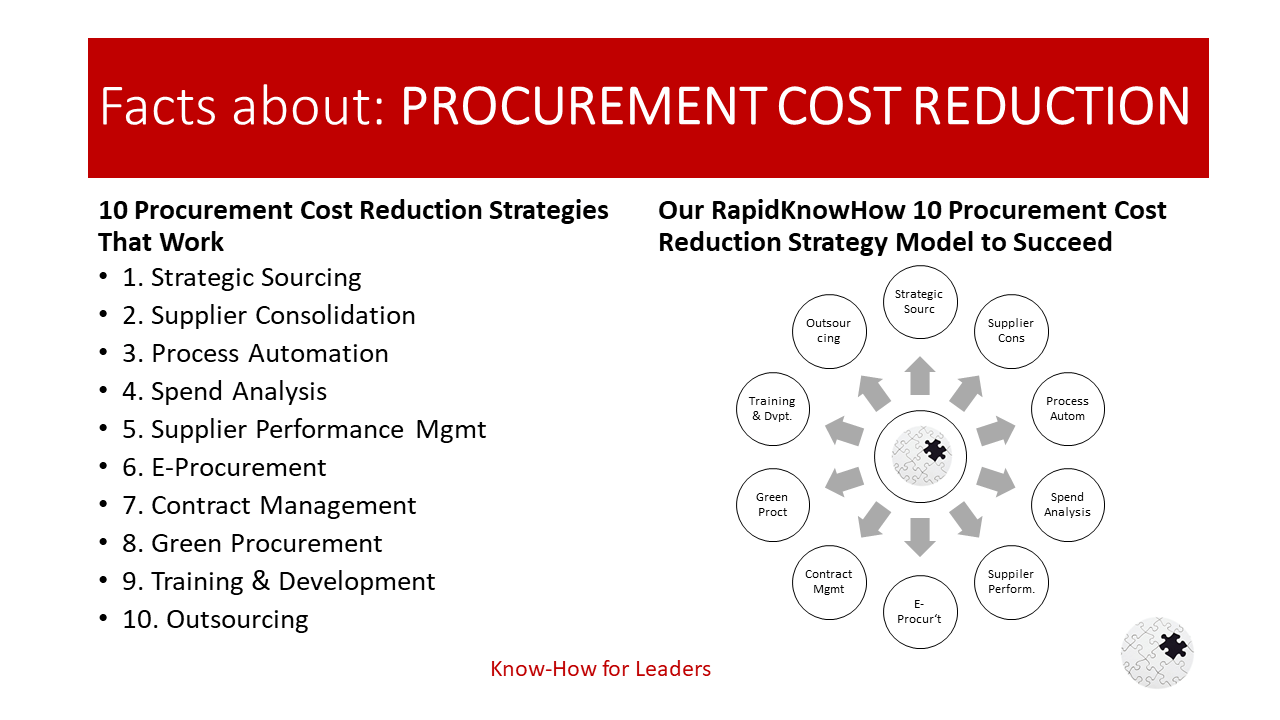Introduction:
In the current economic climate, businesses are under increasing pressure to reduce costs and increase efficiency.
A 30% reduction in monthly costs can significantly improve a company’s bottom line and provide a competitive edge.
However, achieving such a substantial reduction requires a comprehensive understanding of the company’s cost drivers and a strategic approach to cost management.
The Ten Greatest Cost Drivers:
1. Labor Costs: Salaries, benefits, and other employee-related expenses often represent the largest portion of a company’s budget.
2. Raw Materials: The cost of raw materials can significantly impact the profitability of manufacturing and production companies.
3. Utilities: Energy consumption is a major cost driver for many businesses, particularly those in energy-intensive industries.
4. Rent or Mortgage: The cost of physical space is another significant expense for most businesses.
5. Equipment Maintenance and Replacement: Regular maintenance and eventual replacement of equipment can add up over time.
6. Marketing and Advertising: While necessary for business growth, these costs can quickly escalate if not carefully managed.
7. Taxes: Corporate taxes can take a significant chunk out of profits.
8. Insurance: Various types of insurance are necessary to protect the business, but they come at a cost.
9. Technology: Upgrading and maintaining technology infrastructure is another significant cost driver.
10. Debt Service: Interest payments on business loans can significantly impact a company’s bottom line.
Immediate Cost Reduction Strategies:
1. Labor Costs: Consider implementing flexible work arrangements or outsourcing certain functions to reduce labor costs.
2. Raw Materials: Negotiate better terms with suppliers or find alternative materials that are less expensive but still meet quality standards.
3. Utilities: Implement energy-saving measures to reduce utility bills.
4. Rent or Mortgage: Consider downsizing or relocating to a less expensive area.
5. Equipment Maintenance and Replacement: Implement preventive maintenance programs to extend the life of equipment and reduce replacement costs.
6. Marketing and Advertising: Leverage cost-effective digital marketing strategies and track ROI to ensure marketing spend is effective.
7. Taxes: Work with a tax professional to identify potential tax savings.
8. Insurance: Shop around for better insurance rates and consider increasing deductibles to lower premiums.
9. Technology: Leverage cloud-based solutions to reduce IT infrastructure costs.
10. Debt Service: Refinance business loans to secure lower interest rates.
Action Plan:
1. Identify the major cost drivers in your business.
2. Prioritize these cost drivers based on their impact on your overall expenses.
3. Develop a cost reduction strategy for each of these areas, focusing first on those with the greatest potential for savings.
4. Implement these strategies, monitoring their effectiveness and adjusting as necessary.
5. Continually review and adjust your cost reduction strategies to ensure they remain effective as your business evolves.
In conclusion, reducing costs by 30% per month is an ambitious but achievable goal. By understanding your major cost drivers and implementing strategic cost reduction measures, you can significantly improve your company’s financial health and competitive position.
